Film series helps babies with respiratory problems breathe
Partnering with fellow filmmaking non-profit Picturing Health, Medical Aid Films are now including a suite of films in our library to provide training on a medical device which helps babies with respiratory problems breathe: the Pumani Bubble Continuous Positive Airway Pressure (bCPAP) machine.
Watch the introductory film to the series (2 min):
All 13 training films are available for free download.
In many hospitals around the world, infants with respiratory distress syndrome (RDS) receive breathing support with mechanical ventilation, however in some of the countries where we work, these life-saving machines are often restrictively expensive.
Doctors at Queen Elizabeth Central Hospital in Blantyre, Malawi asked a group of visiting medical engineering students from Rice University, Texas to come up with a solution to this problem of affordability; and the idea for the low-cost Pumani bubble Continuous Positive Airway Pressure (bCPAP) machine was born.
Pumani means ‘breathe easy’ in Chichewa, the language of Malawi.
With acute respiratory infections being the leading cause of global child mortality 1 the clinical trial at Blantyre found that the device significantly improved the survival of newborns in respiratory distress.
The training films help health workers learn how to identify babies who could benefit from CPAP right through to how to wean babies off CPAP and how to clean the tubes and how to service the machine.
Funded by USAID, the CPAP project is run by Rice 360˚ Institute for Global Health Technologies and Hadleigh Health Technologies.
The Pumani Bubble CPAP is now being rolled out across Africa, and is becoming a basic piece of equipment in many hospitals and health centres.
Watch & download the Pumani bCPAP Training Films
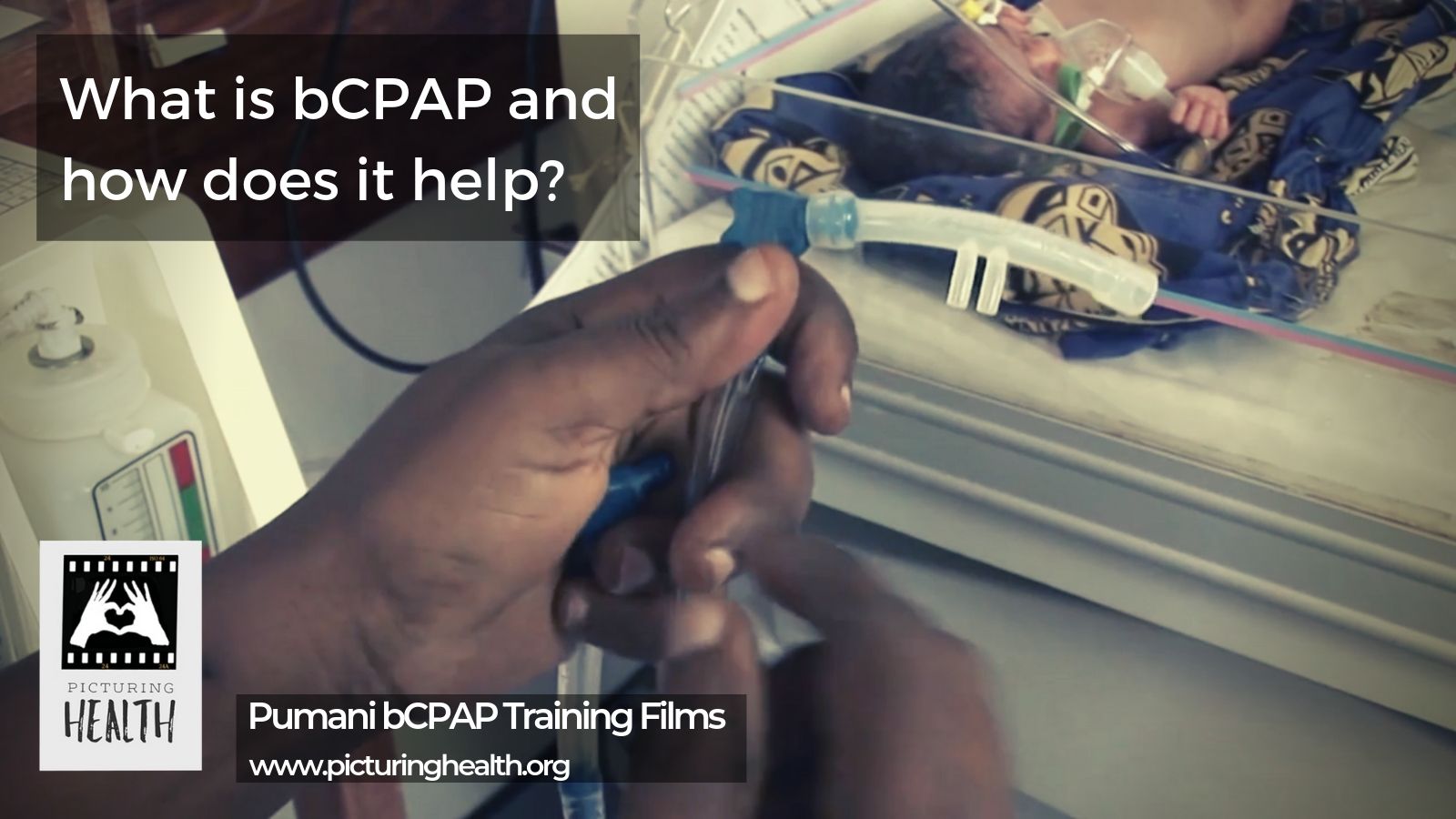
01. What is bCPAP and how does it help? 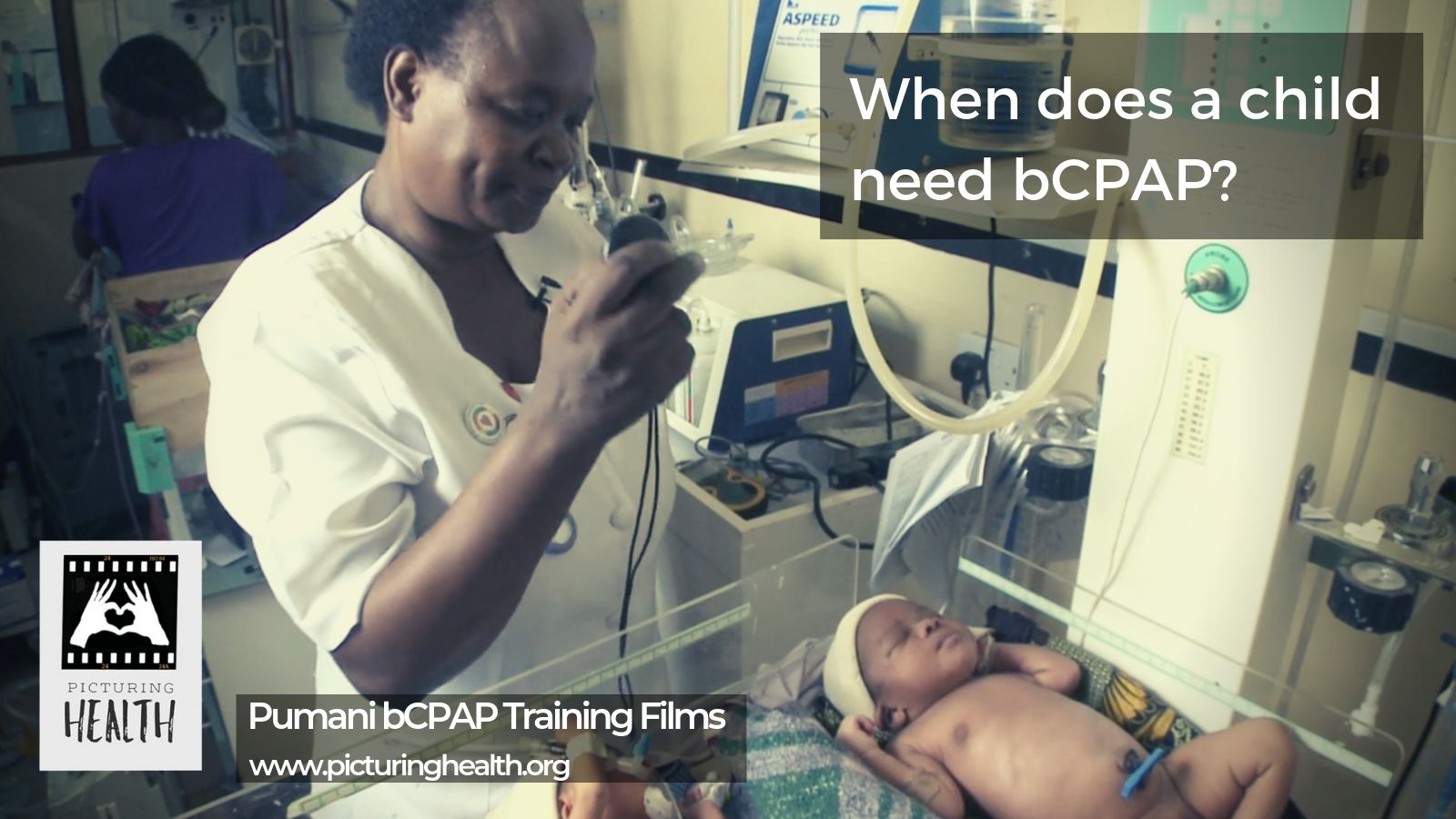
02. When does a child need bCPAP? 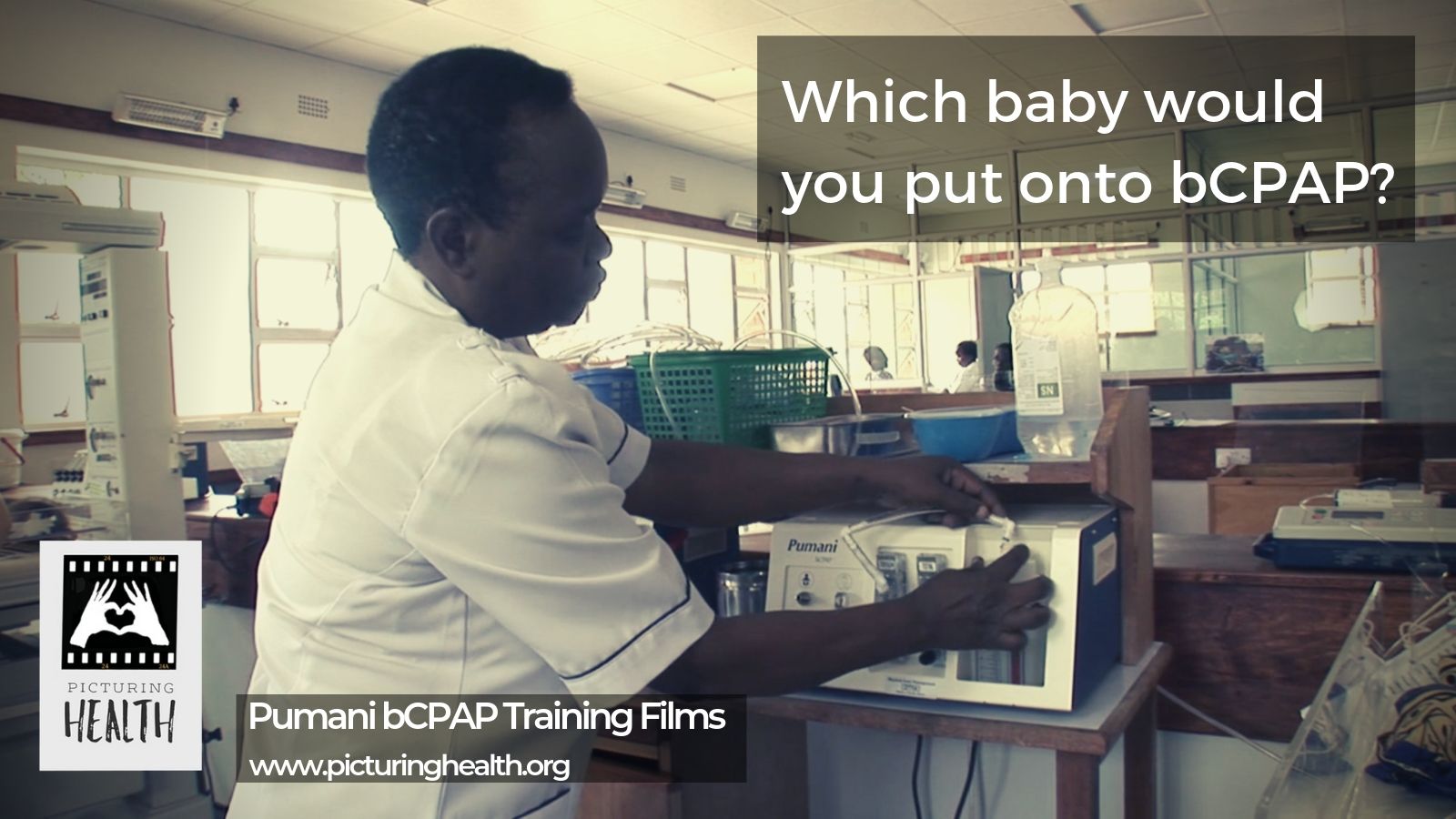
03. Which baby would you put onto bCPAP? 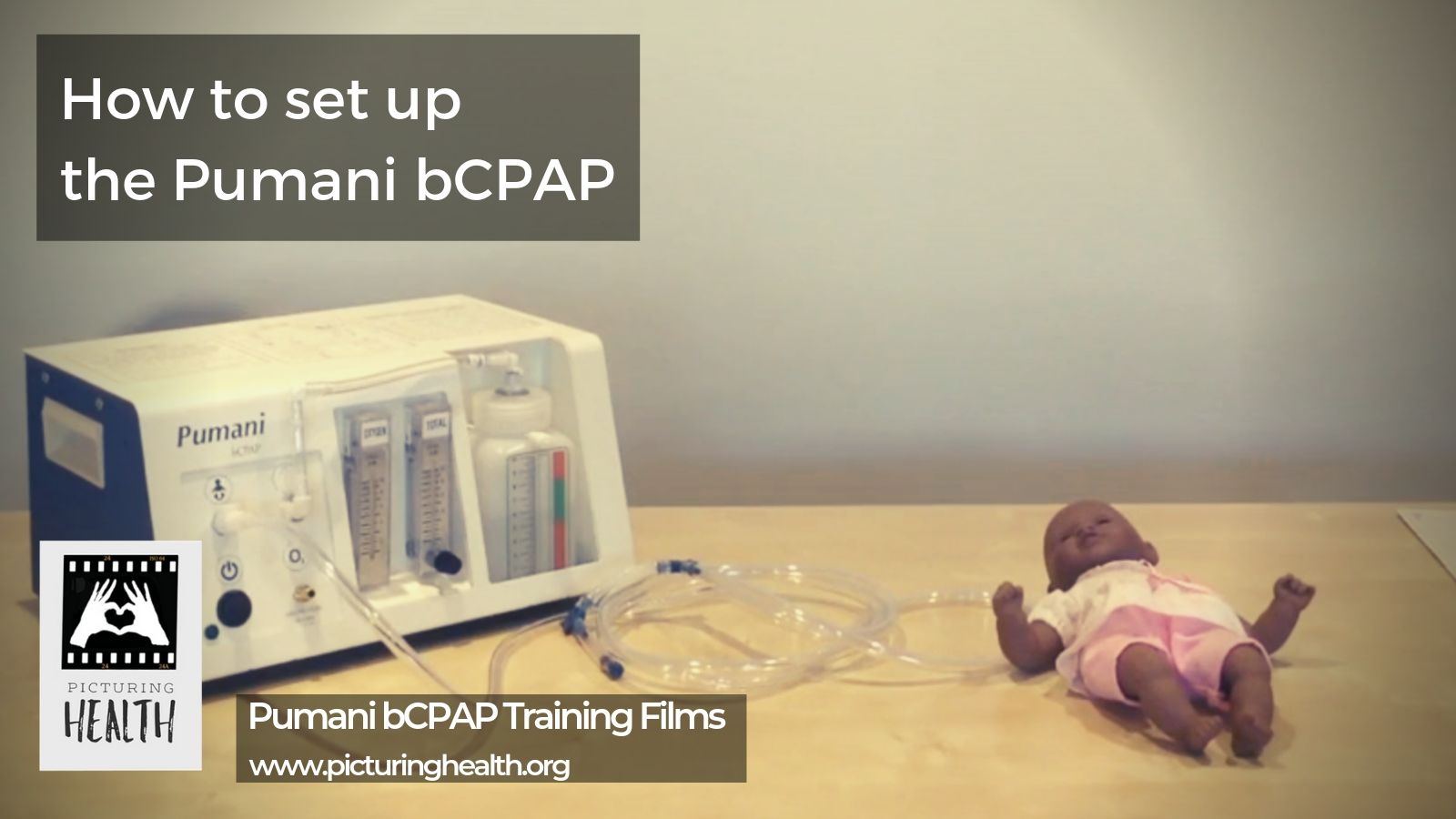
04. How to set up the Pumani bCPAP 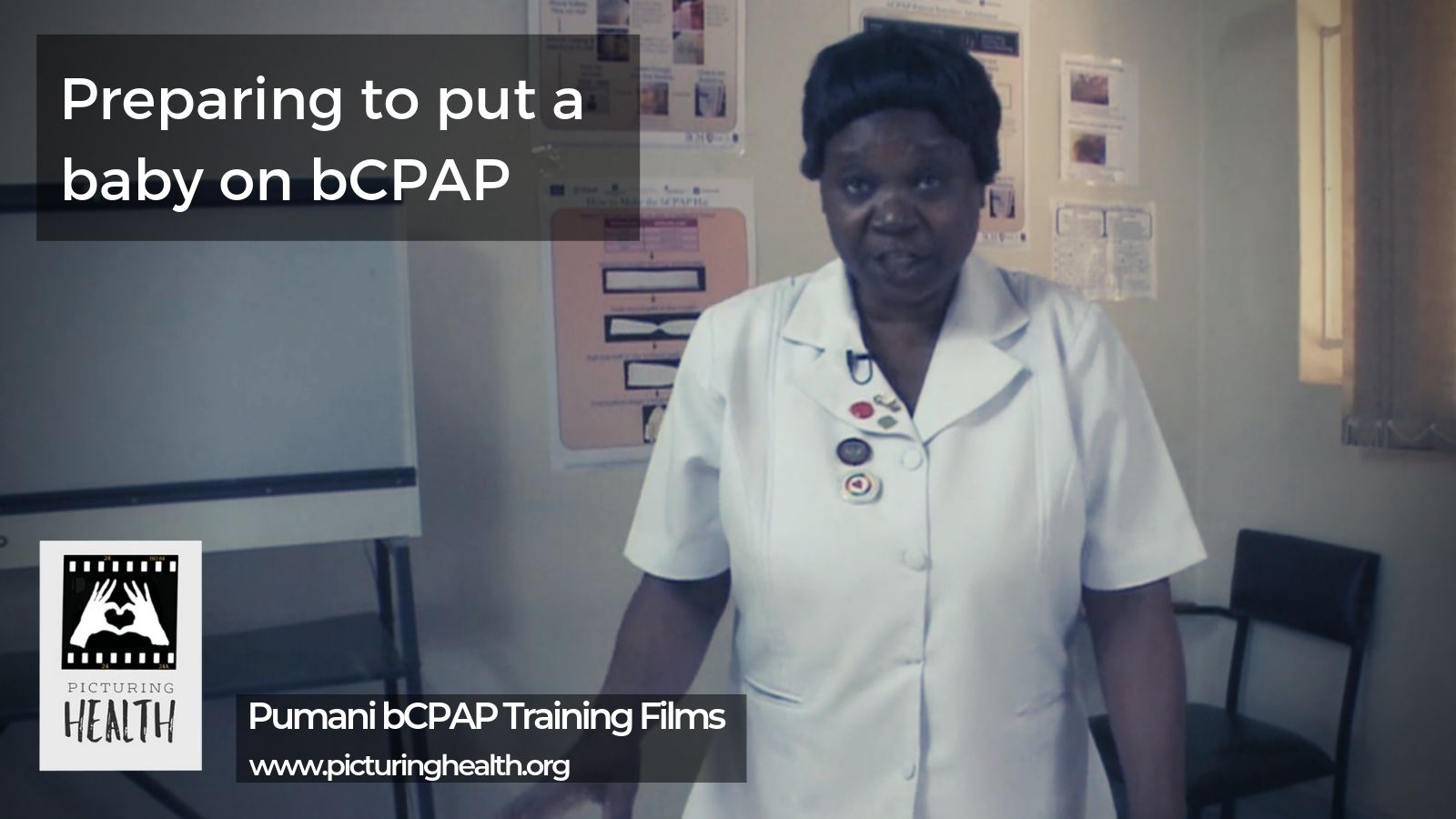
05. Preparing to put a baby on bCPAP 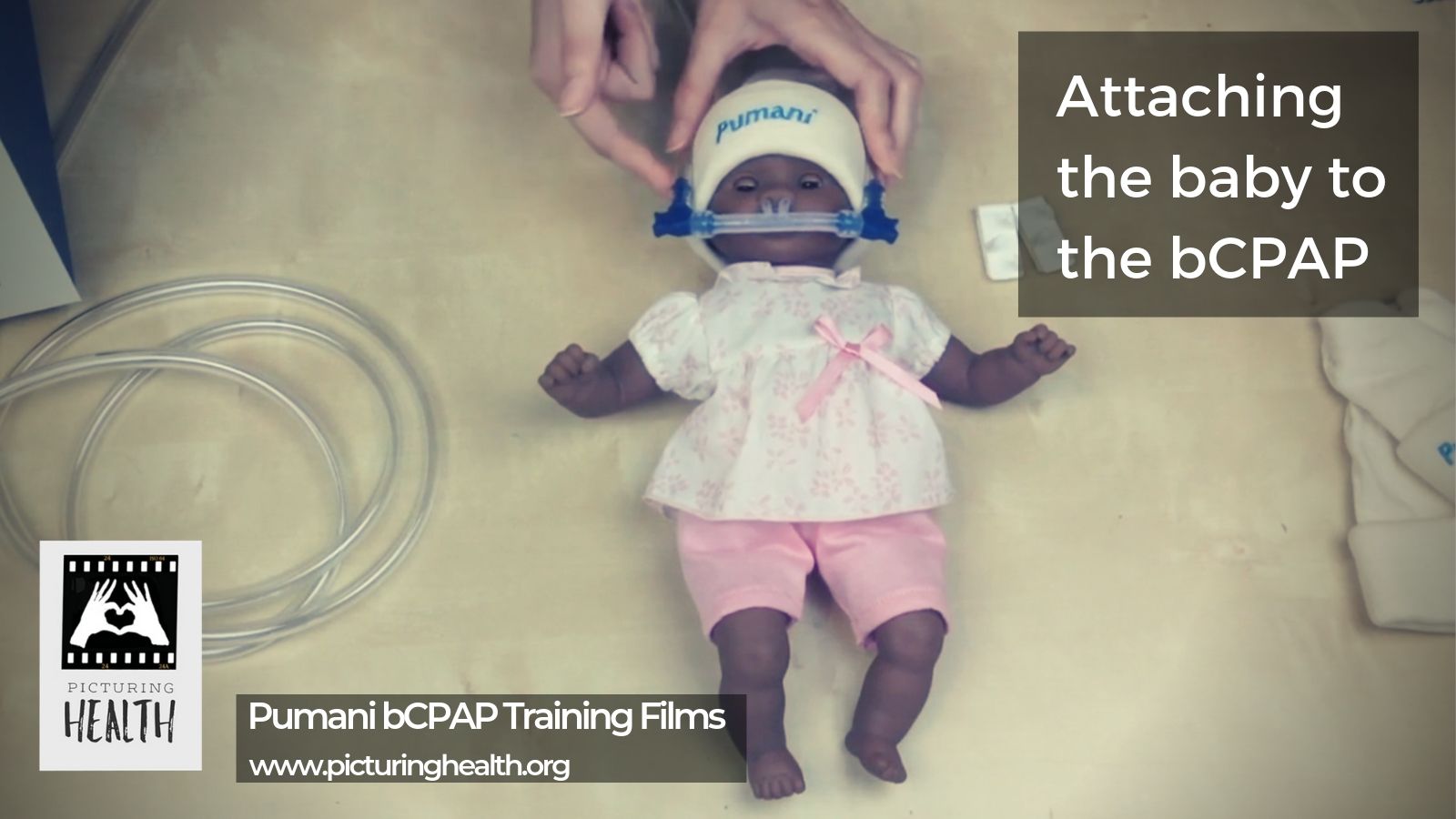
06. Attaching the baby to the bCPAP machine 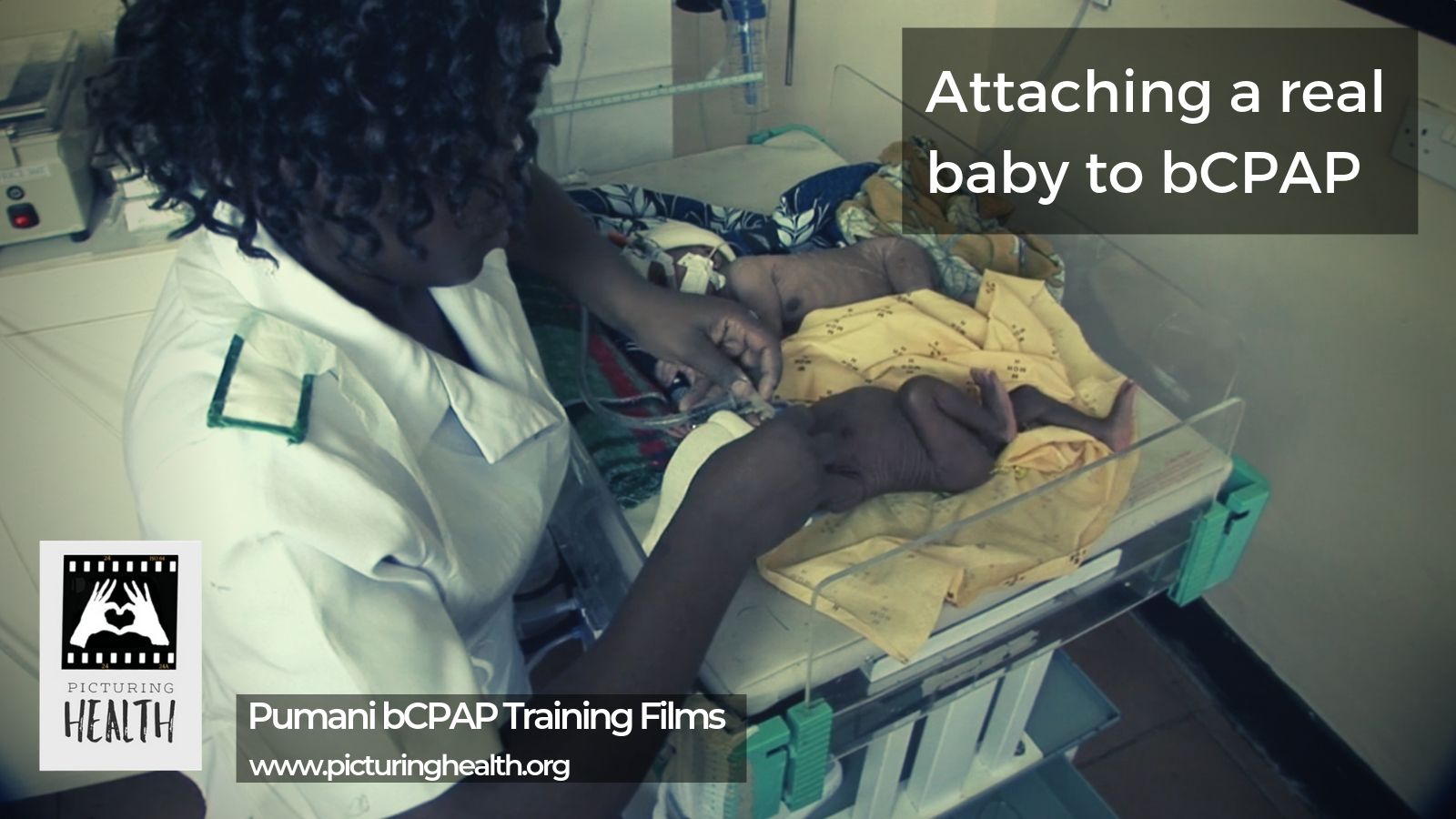
07. Attaching a real baby to bCPAP 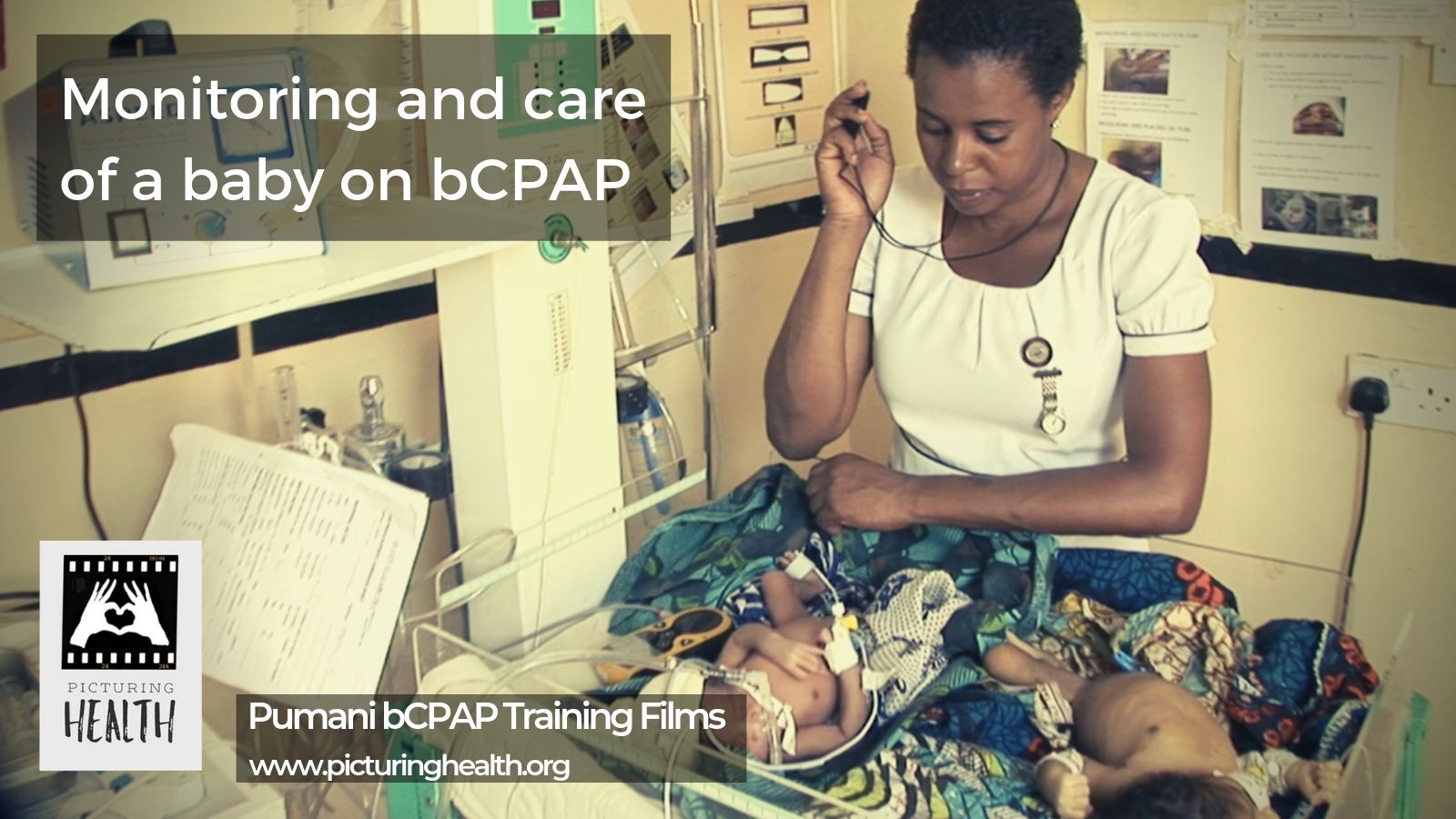
08. Monitoring and care of a baby on bCPAP 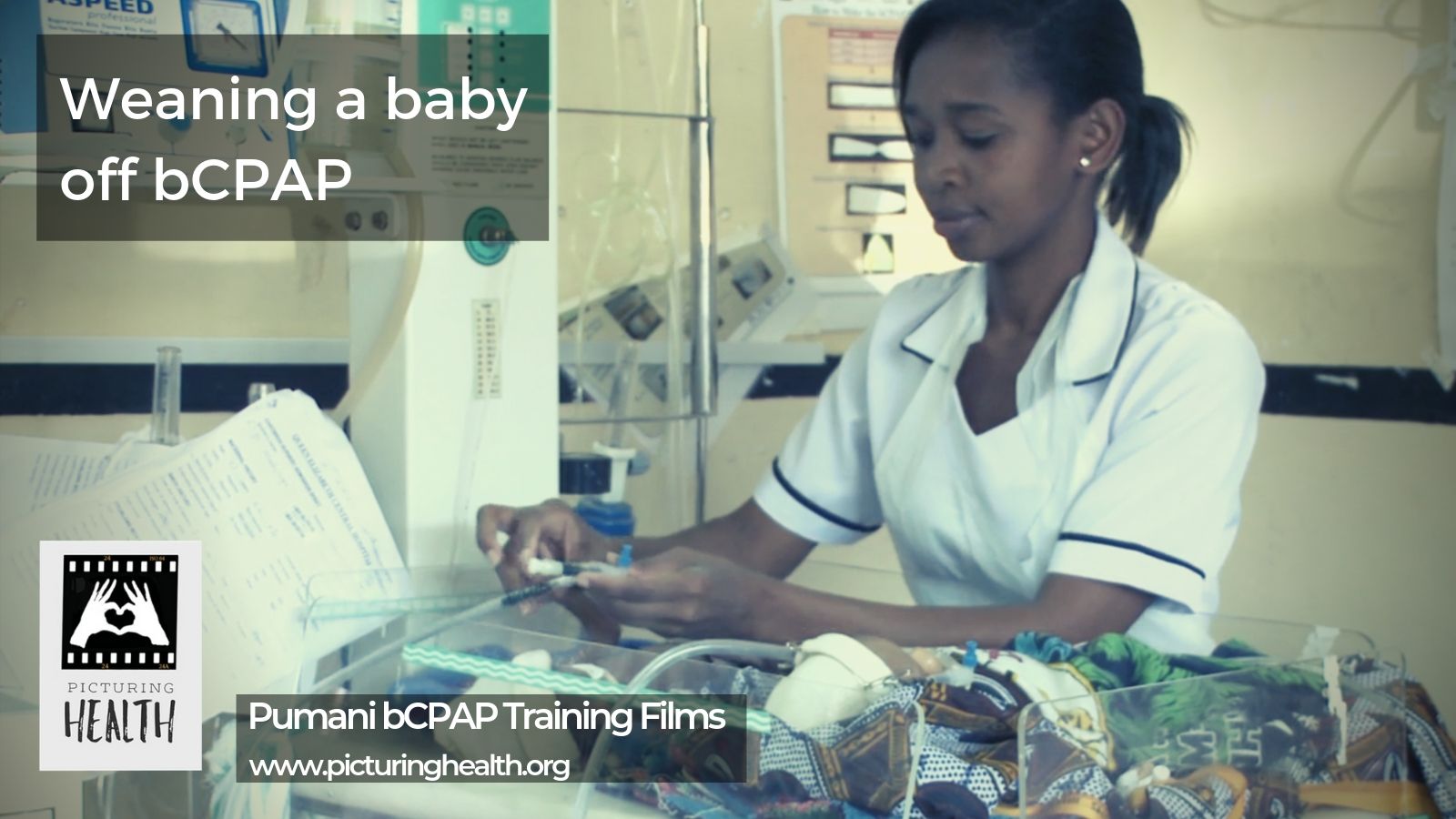
09. Weaning a baby off bCPAP 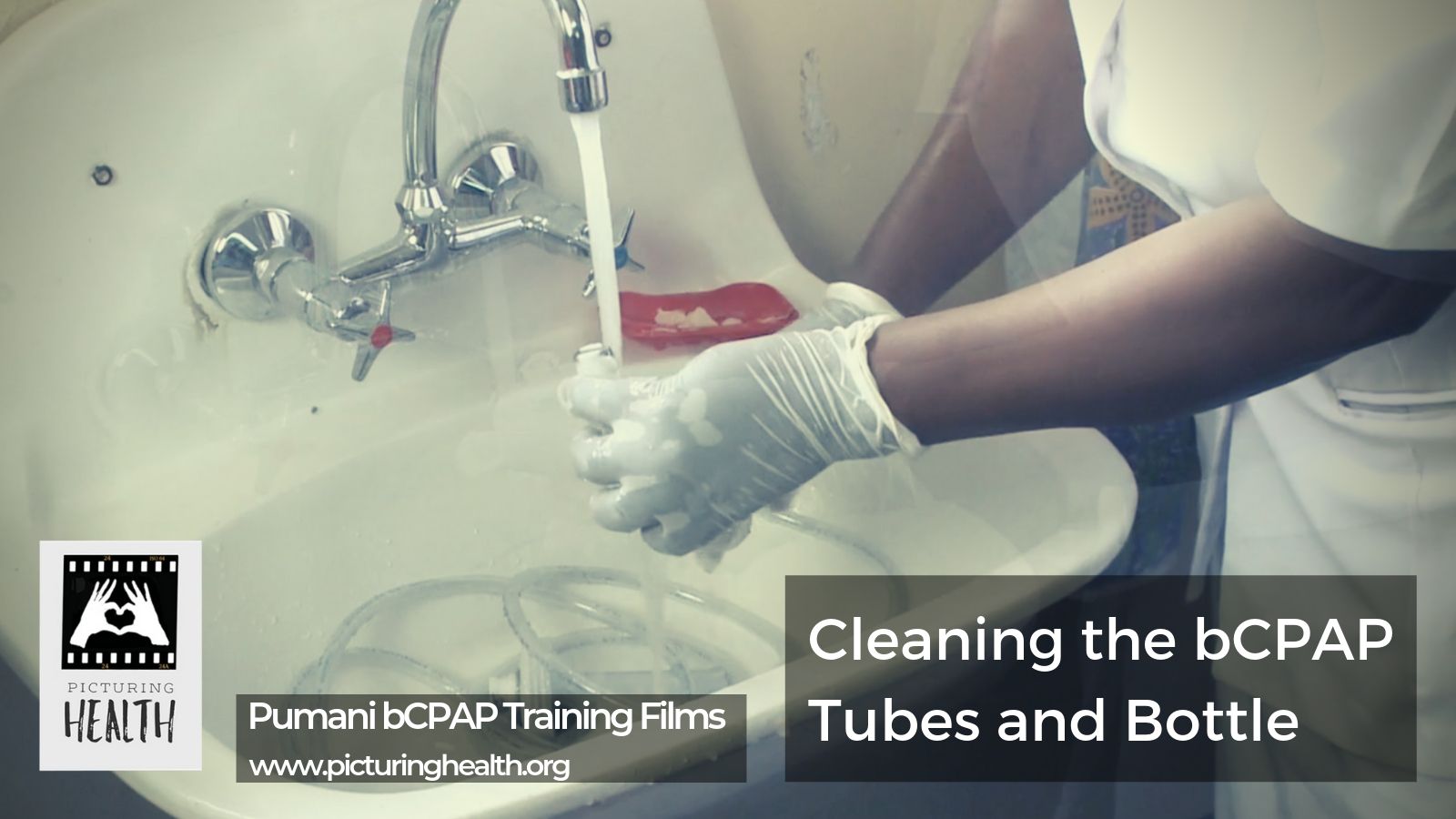
10. Cleaning the bCPAP Tubes and Bottle 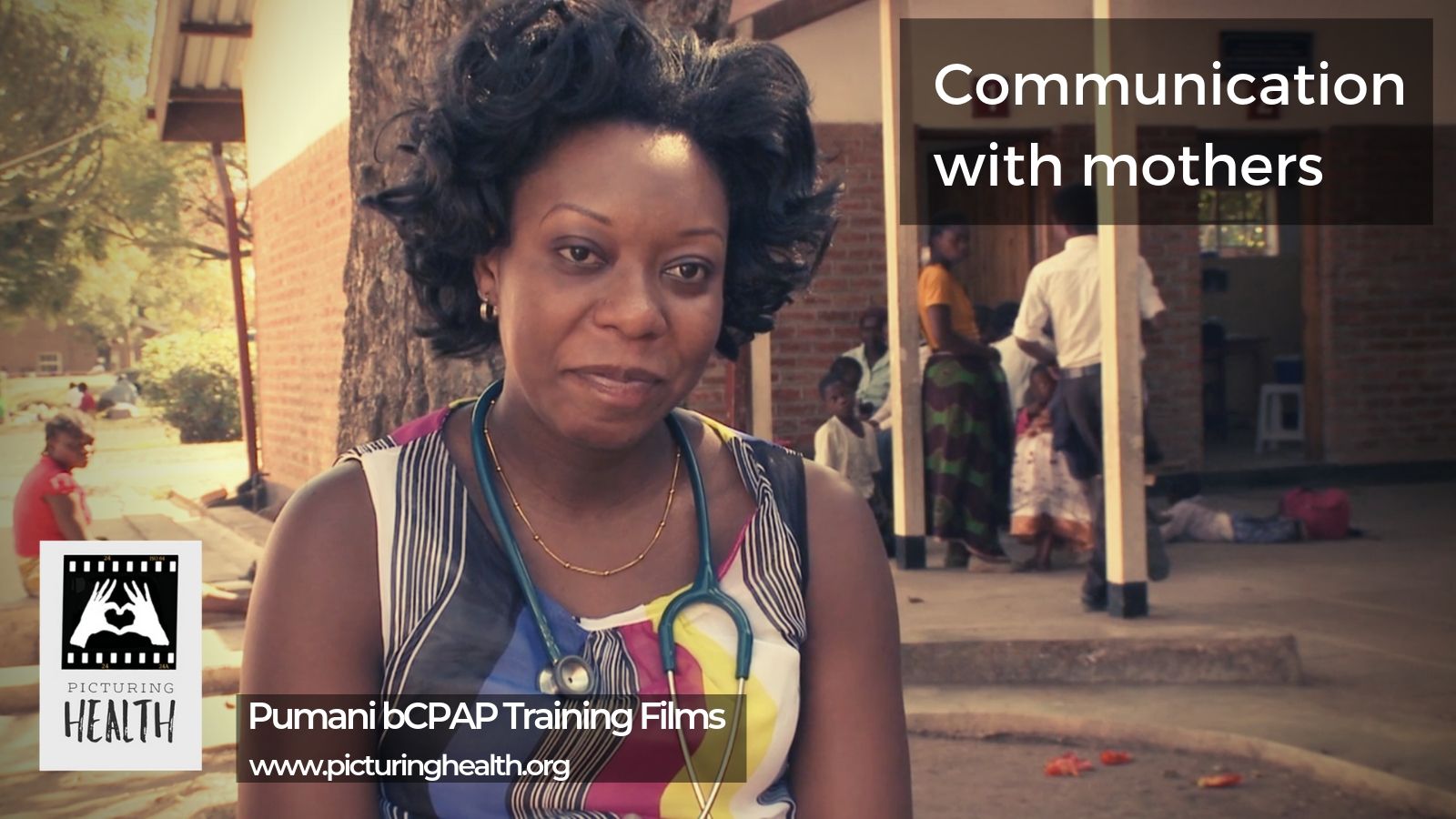
11. Communication with mothers 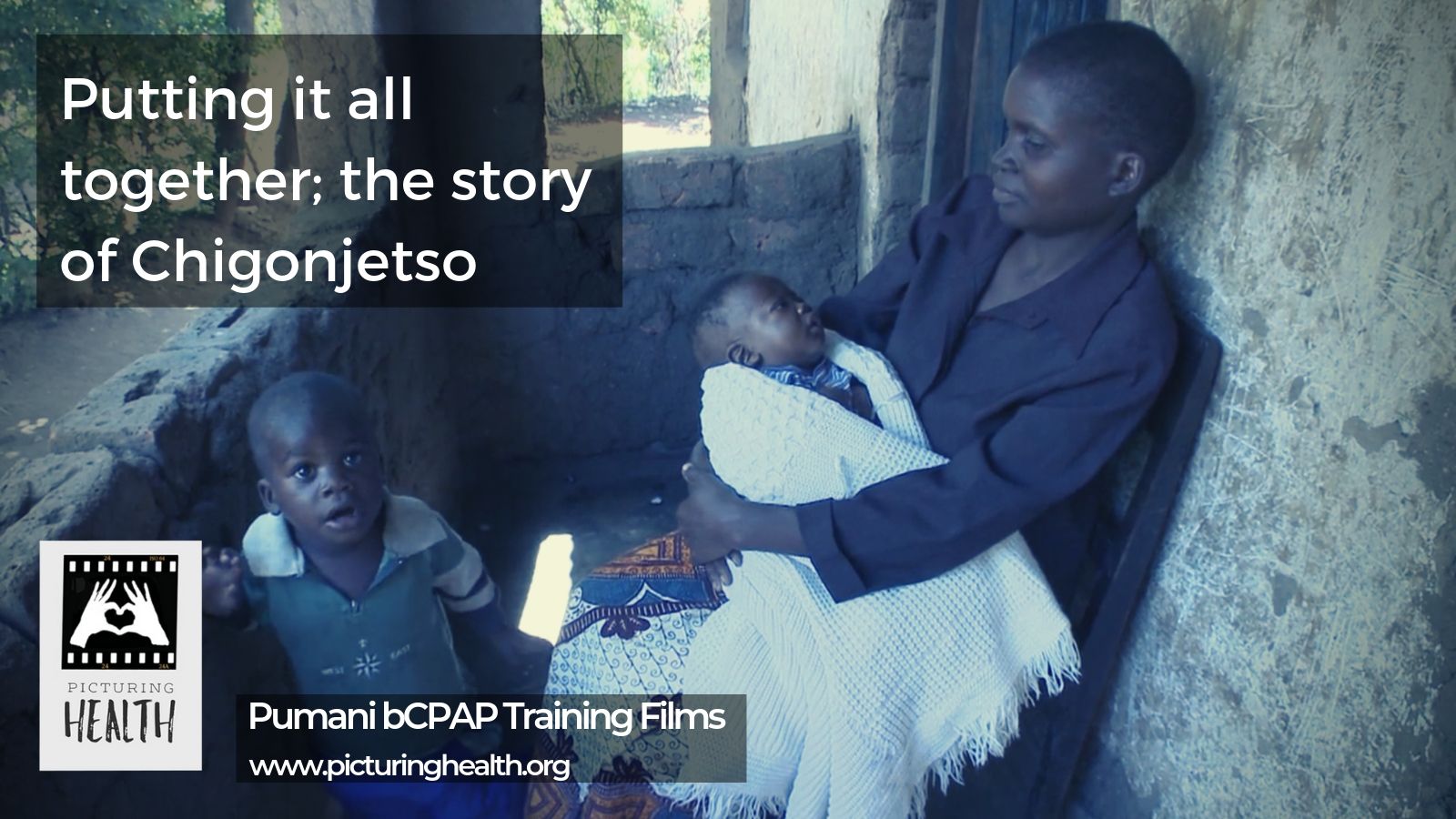
12. bCPAP training – putting it all together; the story of Chigonjetso 
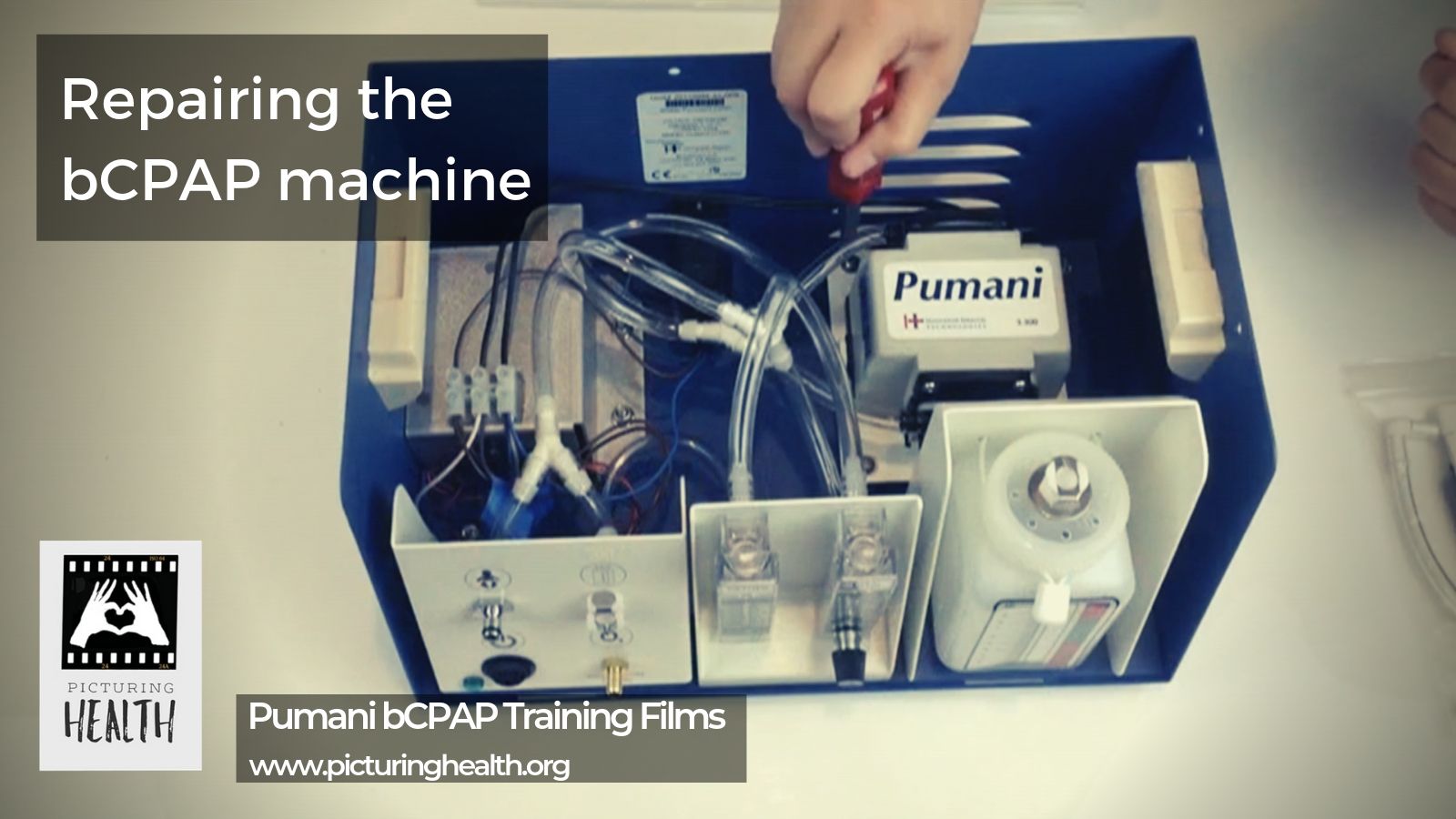
13. Repairing the bCPAP machine 
Footnotes
1. World Bank (2006) Acute Respiratory Infections. In: Jamison DT, editor. Disease and Mortality in Sub-Saharan Africa. Washington (DC): World Bank Publications, 2006. pp. 149–162.